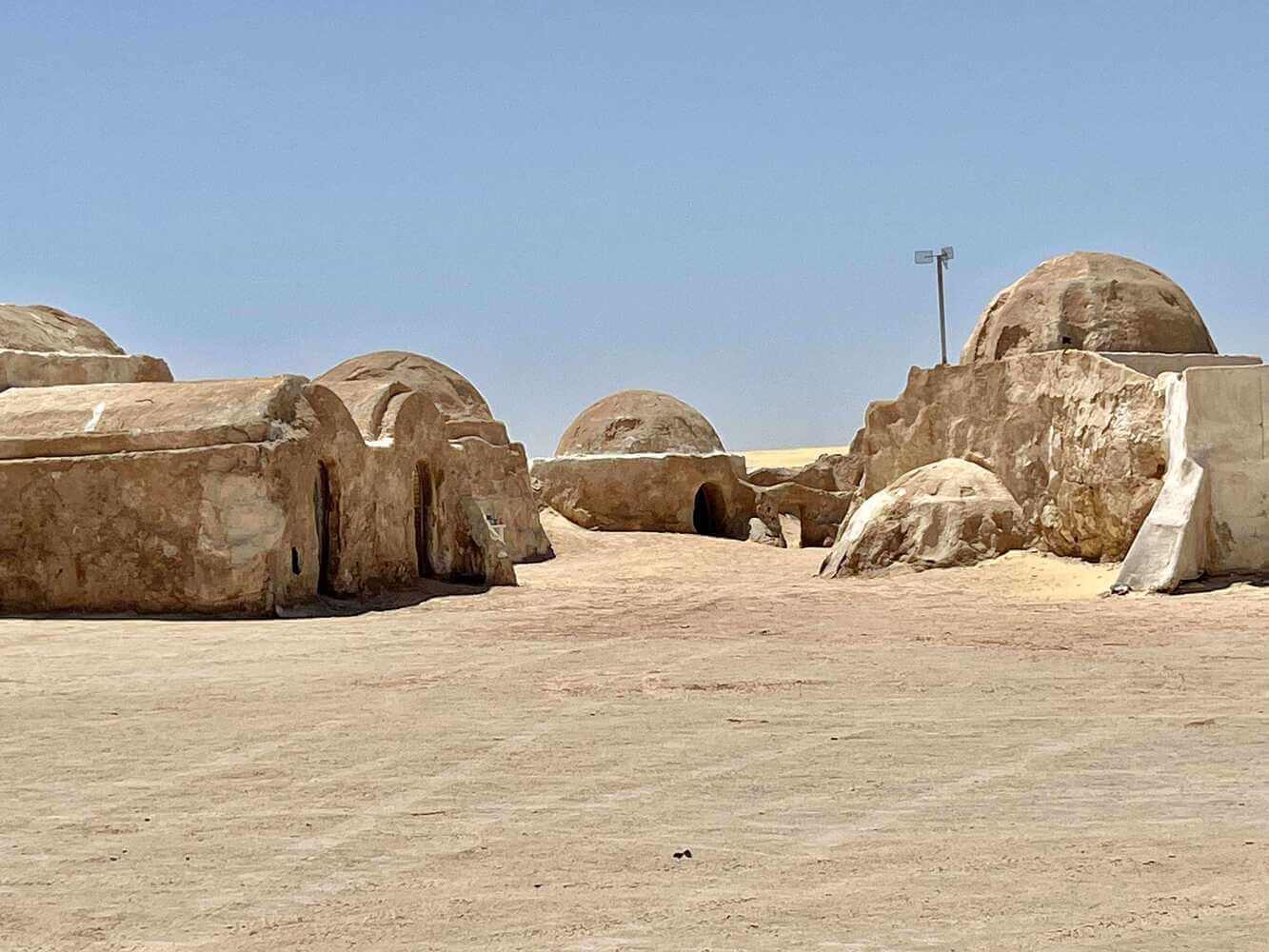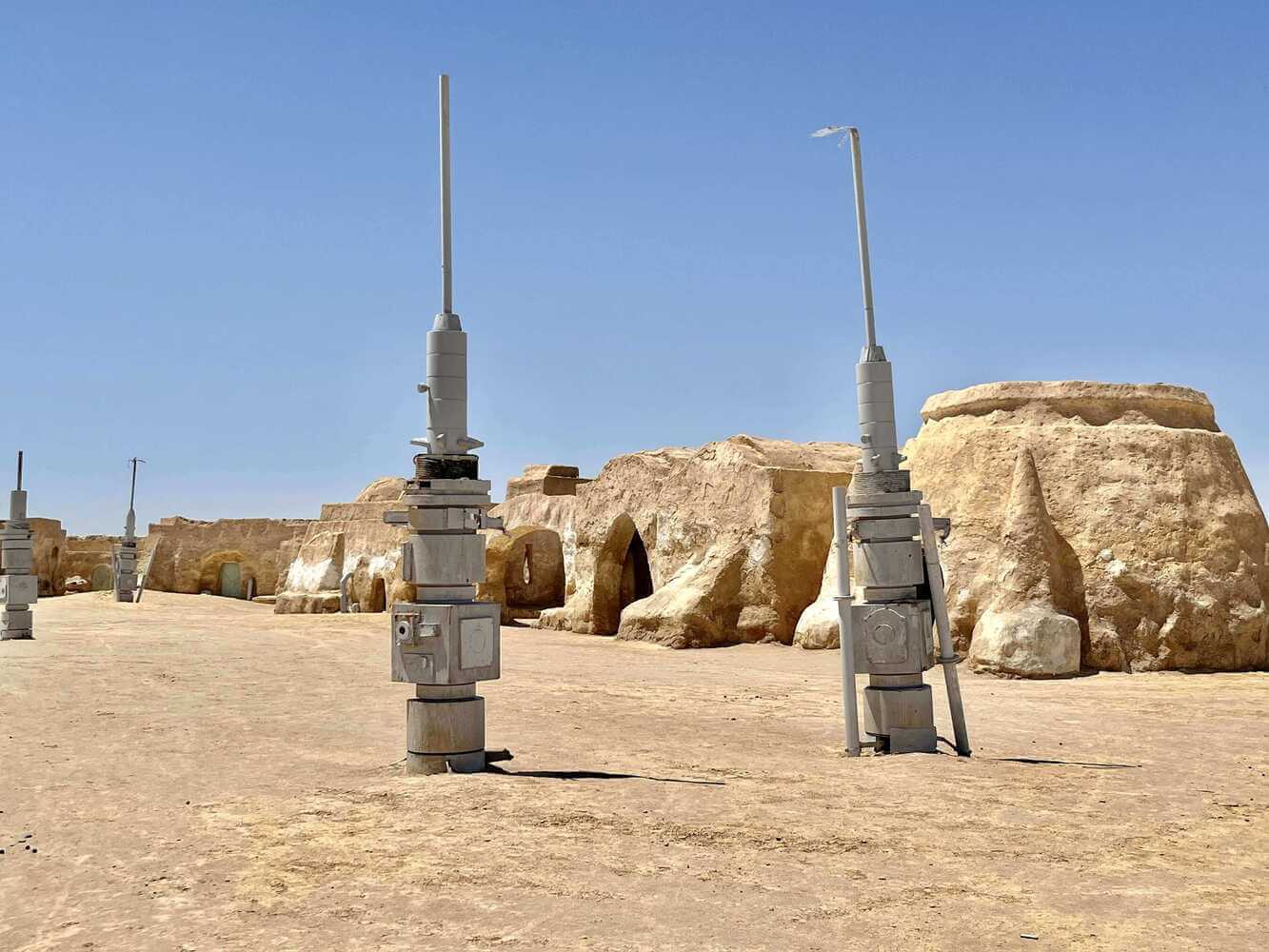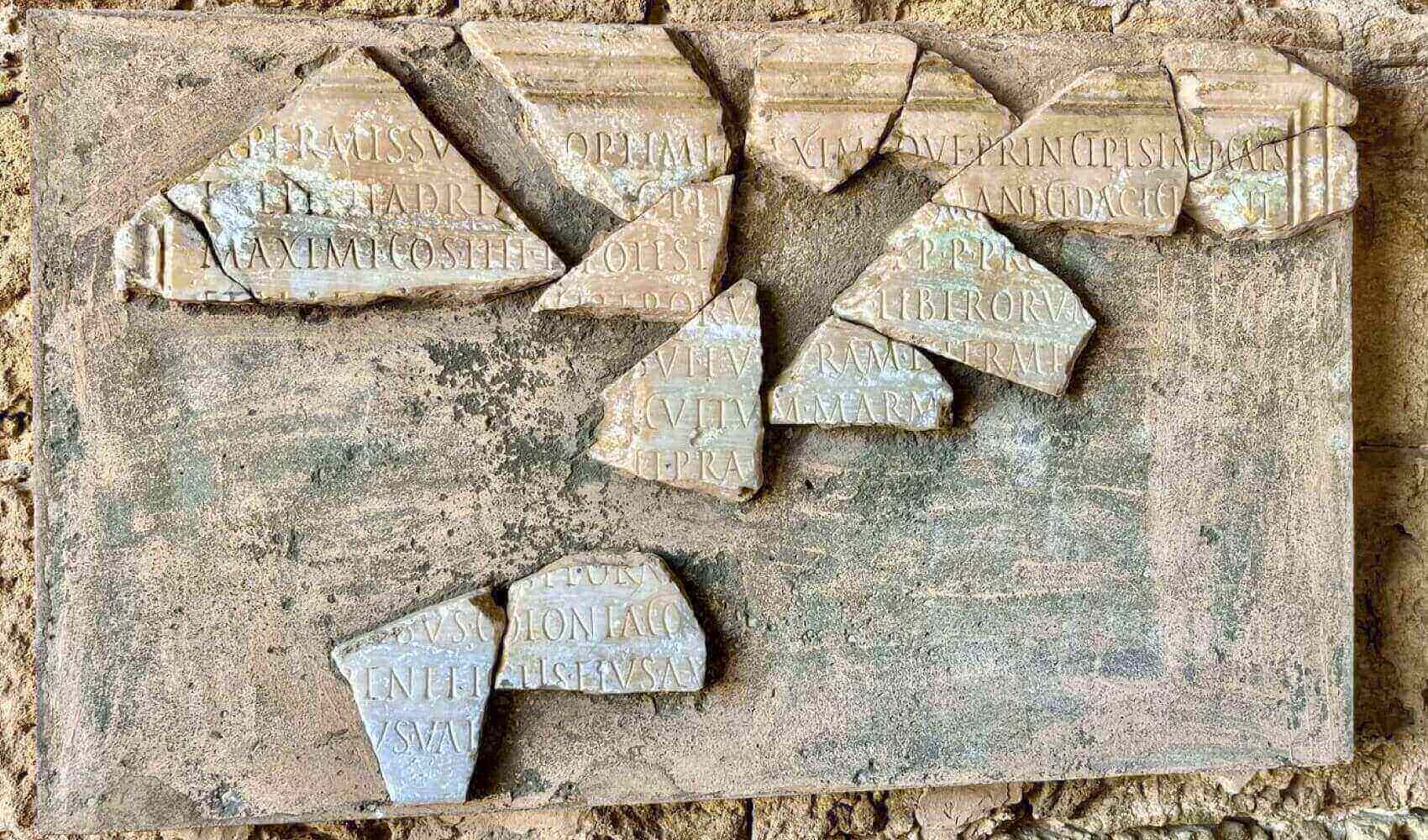
I visited Tunisia in April 2022 with my college friend Sam Moore. This was my first time in Africa. Our two weeks there were more of a workcation than a vacation – we explored the country on weekends and glued our eyes to our computers the rest of the time for work. Given that I do not speak Arabic, I had presumed my main communication with locals would be through pantomime. But it turns out that Tunisians speak better French than most Parisians, so getting around proved straightforward. We visited during Ramadan, the month-long period when Muslims are not supposed to eat or drink from sunrise until sunset. Since I am a vegetarian, and since Tunisian cuisine is meat-heavy, it usually took me a day’s worth of foraging to find a place that offers meatless options, so I usually respected Ramadan without even trying.
Tunis is the capital of Tunisia, and its largest city. It was a central location during World War II, as German and Italian troops poured in after the fall of France. After it was seized by British and American forces, it became a key base for the invasion of Italy in 1943. It served as the headquarters for the Palestinian Liberation Organization from 1982 until 2003, leading to a bombardment by Israel’s air force. Like most North African cities, Tunis’s city center has a medina – a historic neighbourhood with a maze of passageways that are too narrow for cars to pass. Built at the end of the 7th century, the medina of Tunis was named a UNESCO world heritage site in 1979. While it extends over a vast surface area, Tunis does not have many skyscrapers, giving it a less cosmopolitan feel than most European cities I have been to.
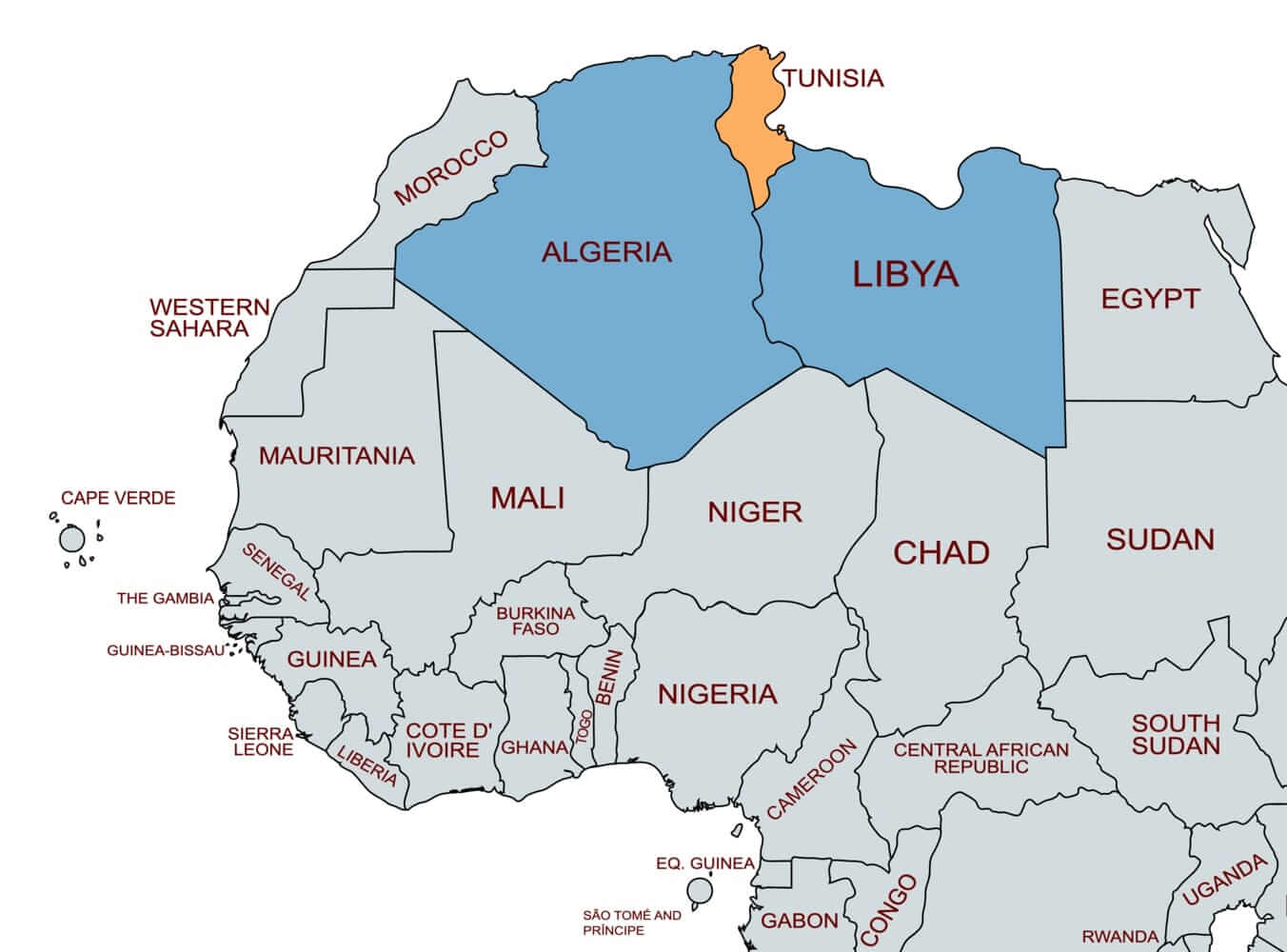
Tunisia was the seat of the Carthaginian Empire until it was conquered by Rome in 146 BC. It remained an integral part of the Roman and Byzantine Empires until it was invaded by the Umayyad Caliphate with the spread of Islam in the 7th century. Over the next centuries, the population would gradually convert from Christianity to Islam. The Ottoman Empire invaded Tunisia in 1534, but let it maintain substantial autonomy as a province. It would remain under Ottoman control until 1881, when France occupied it and incorporated it into its colonial empire. Over time, the French prioritization of its own economic interests over those of the local population fostered resentment and anger. Nevertheless, many French firms still dominate the Tunisian economy – I was surprised that Orange is a main phone provider, and that Total operates many gas stations.
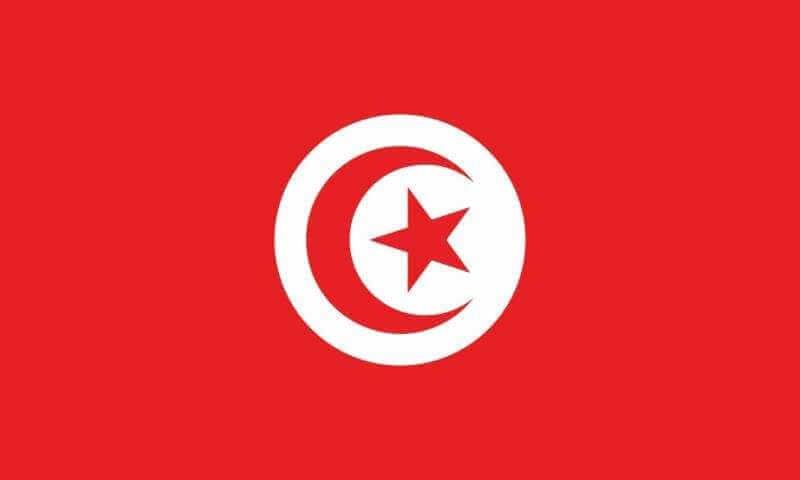
Tunisia gained independence from France in 1957. Its first president was Habib Bourguiba, a leader of the independence movement. Bourguiba set up a single-party state, over which he ruled until 1987. His administrations prioritized healthcare and education, set up a secular system of government, and protected women’s rights such as voting and standing for office. Tunisia remains one of the most liberal Arab states to this day. In 1987, prime minister Zine el Abidine Ben Ali seized power for himself by declaring the aging Bourguiba medically unfit for office. This was a violence-free coup d’état. Ben Ali’s policies did not significantly differ from Bourguiba’s, and he ruled Tunisia until he fled the country following the Tunisian Revolution in 2011.
The Carthaginian Empire flourished from 650-146 BC. Its political system had several democratic elements, and its focus on Mediterranean trade brought great wealth. Carthage came into continual conflict with Rome. One of its most acclaimed generals was Hannibal, who famously invaded Italy by leading his army, complete with war elephants, through the Alps. I find the image of a snow-covered pachyderm trumpeting atop Mont Blanc amusing to contemplate, though I doubt the Ancient Romans felt similarly. Carthage was eventually overrun in 146 BC after a 3-year siege during the 3rd Punic War and was absorbed by Rome. The city’s ruins are a mere 30-minute drive from Tunis.
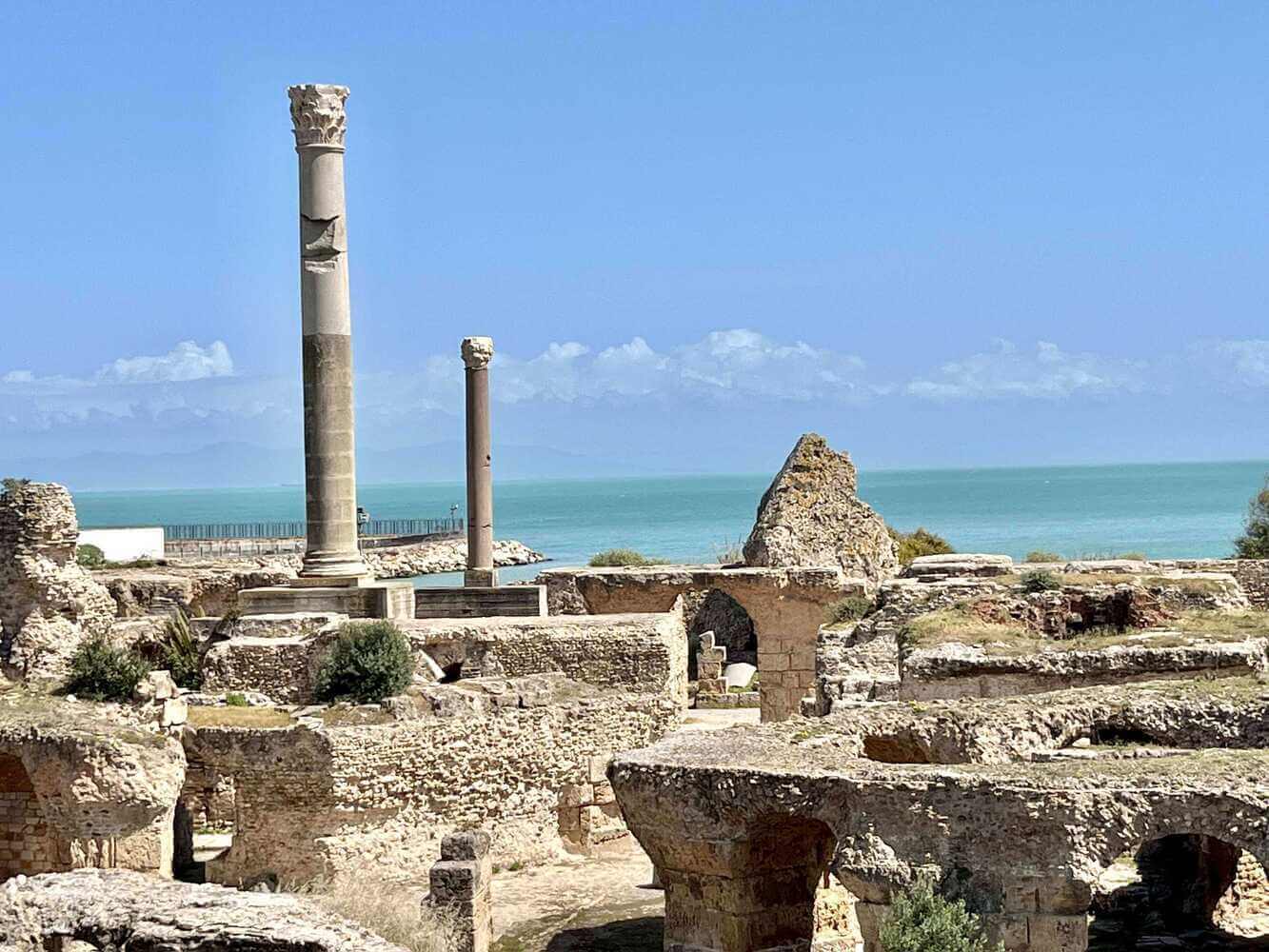
Chebika is a town built around an oasis in southeast Tunisia. The village is easily recognizable thanks to the rock carving of a mountain goat placed prominently at its entrance. My preconception of an oasis was a small well surrounded by half a dozen trees; I was surprised at how large this one was – it felt like a small forest of palm trees. Although Chebika was serene and idyllic, it was clearly a complete tourist trap. Many street vendors were strategically lined up along the narrow river walkway and were impossible to avoid.

On our trip to the desert, we went on an ATV tour of Chott el Gharsa. Chotts are salt lakes that are completely dry most of the year, though the mirage effect of the heat had me persuaded otherwise. We drove to the set where the original Star Wars Tatooine scenes were filmed. It looked just like the movies, and thankfully lacked the annoying cantina music. A young boy insisted we pet a cute desert fox-like animal, and many other locals were desperate for us to buy things. I realized that these communities were heavily reliant on tourists, and that the covid pandemic’s effect on tourism struck these rural communities particularly hard. Tunisia may be one of the most developed and educated countries in Africa, but it is still faces a lot of poverty.
